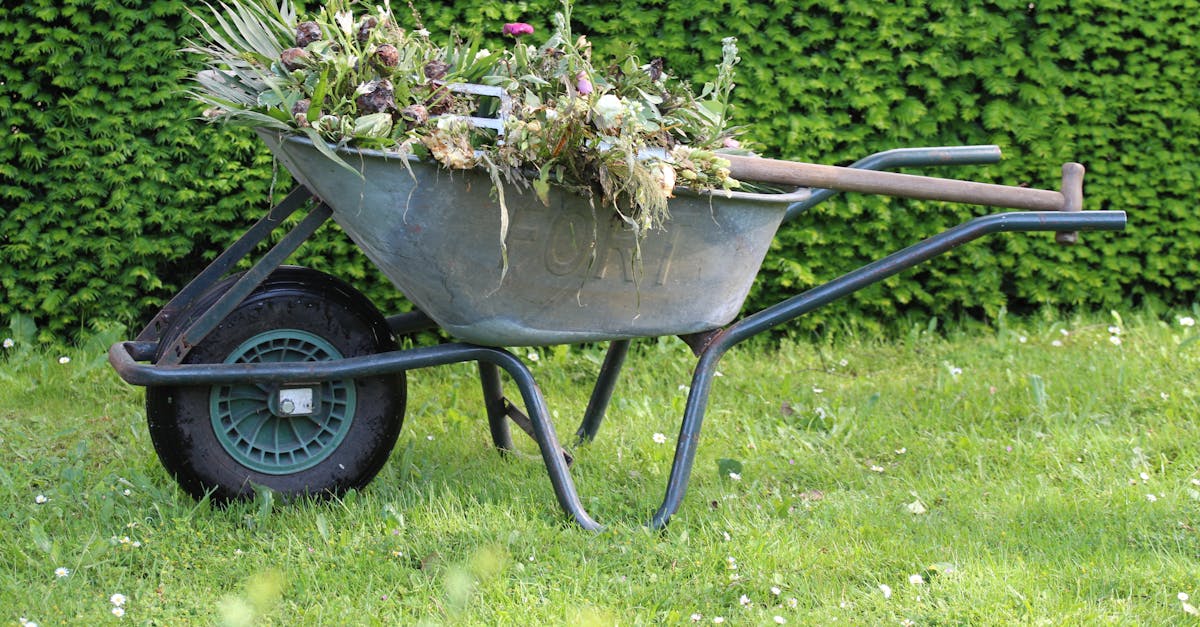
Table Of Contents
At Dry Fast, we understand that sewage cleanup is an urgent and sensitive task that requires immediate and professional attention. Our expert team is equipped with the technology and expertise to safely and efficiently handle the hazardous materials associated with sewage backups and spills. We provide comprehensive sewage cleanup services that include thorough water extraction, sanitation of affected areas, and restoration of your property to a safe and livable condition. With a commitment to customer satisfaction, we ensure that every step of the process adheres to health and safety regulations, so you can have peace of mind knowing your home or business is in good hands. Trust Dry Fast to restore your space and protect your health from the dangers of sewage contamination.
Selecting a Water Damage Restoration Service
Choosing a qualified water damage restoration service is crucial for effectively addressing sewage issues. It is important to look for a company with a proven track record, preferably one with certifications and experience in handling sewage cleanup specifically. Reading online reviews can provide insights into customer satisfaction and the quality of service. Always verify that the company follows industry standards and has appropriate insurance coverage to protect against potential liabilities.
Another key aspect to consider is the response time of the service. Water damage can escalate quickly, making prompt action essential to minimize further harm. A reliable restoration service should offer 24/7 availability, ensuring they can respond to emergencies whenever they occur. Additionally, inquire about their assessment process and the range of services offered, from initial inspection to complete restoration. This comprehensive approach is essential for ensuring all aspects of the damage are addressed efficiently.
Key Factors to Consider
When selecting a water damage restoration service, experience plays a critical role. Companies with a proven track record in sewage cleanup bring valuable expertise that can greatly influence the effectiveness and efficiency of the process. Look for certifications and training that indicate the team is knowledgeable about handling hazardous materials safely. Additionally, positive customer reviews and testimonials can provide insight into the service quality and reliability of the restoration company.
Another important factor to consider is the range of services offered. A comprehensive restoration service will not only clean up the sewage but also address the underlying issues that may contribute to water damage. This can include mold remediation, structural repairs, and preventative measures to avert future incidents. Assessing the equipment they use is also essential, as advanced tools and technologies can significantly enhance cleanup efforts and ensure a thorough job.
Preventing Future Sewage Issues
Regular maintenance plays a crucial role in preventing future sewage issues. Property owners should inspect their plumbing systems periodically, looking for signs of leaks or blockages. Keeping the drains clear of debris and avoiding flushing inappropriate items can reduce the risk of clogs. Additionally, a professional inspection of the sewer lines can identify potential weaknesses or areas that require attention before they lead to significant problems.
Monitoring the condition of the property’s fixtures also contributes to prevention efforts. Homeowners should be vigilant about the signs of water damage, such as damp spots, unusual odors, or mold growth. Taking prompt action when such issues are detected can help mitigate larger complications. Installing backflow valves and regularly cleaning gutters can further protect against sewage backup, ensuring the integrity of the building’s plumbing system remains intact.
Maintenance Tips for Property Owners
Regular inspections of plumbing and drainage systems are crucial for maintaining property efficiency. Property owners should look for signs of wear, such as leaks or cracks in pipes, as well as unusual odors that may indicate sewage issues. Keeping gutters clear of debris helps combat overflow during heavy rains, reducing the risk of water backup. Additionally, encourage the proper disposal of waste to prevent blockages that could lead to plumbing failures.
Routine maintenance of septic systems contributes significantly to preventing sewage problems. Scheduling professional pump-outs every three to five years can help ensure optimal functioning. Homeowners should also be mindful of water usage patterns, as excessive water flow can overburden systems. Using eco-friendly cleaning products reduces the likelihood of harming septic bacteria, helping maintain the balance needed for effective waste breakdown.
Equipment Used in Sewage Cleanup
Effective sewage cleanup requires specialized equipment designed to handle hazardous waste safely and efficiently. Common tools include industrial sump pumps, which remove standing water and prevent further damage to property. High-powered vacuums are essential for extracting contaminated liquids and sludge. Advanced air movers and dehumidifiers help facilitate drying, crucial in reducing the risk of mold growth and structural damage.
In addition to these primary tools, professionals often rely on personal protective equipment (PPE) to ensure their safety while working in contaminated environments. This gear includes gloves, masks, and protective suits to guard against exposure to harmful pathogens. Furthermore, the use of disinfectants and antimicrobial treatments is vital for sanitizing affected areas, ensuring that all contaminants are adequately neutralized before the restoration process can begin.
Essential Tools and Technologies
Effective sewage cleanup requires specialized equipment designed to handle contaminants and restore safety. Industrial-grade pumps are essential for removing large volumes of water quickly. These pumps can tackle various types of fluids, ensuring efficient extraction from flooded areas. Additionally, high-powered vacuums play a crucial role in removing residual moisture and solid waste, which helps prevent further damage and mold growth.
Advanced technologies, such as moisture meters and thermal imaging cameras, enhance the assessment and monitoring process. Moisture meters measure the level of humidity in various materials, aiding in identifying hidden water damage. Thermal imaging allows technicians to visualize temperature differences, pinpointing areas affected by moisture that may not be immediately visible. Together, these tools provide a comprehensive approach to sewage cleanup, ensuring thorough restoration and safeguarding indoor environments.
FAQS
How do I choose the right water damage restoration service for sewage cleanup?
Look for a service that has experience specifically in sewage cleanup, is licensed and insured, offers 24/7 availability, and has positive customer reviews. It's also important to ensure they use advanced equipment and follow safety protocols.
What are some key factors to consider when selecting a water damage restoration service?
Key factors include the company’s experience, certifications, response time, customer reviews, and whether they provide a detailed plan for cleanup and restoration.
How can I prevent future sewage issues in my home?
Regular maintenance of your plumbing system, avoiding flushing inappropriate items down the toilet, and using strainers in drains can help prevent sewage backups. Additionally, consider having your septic system inspected and pumped regularly.
What maintenance tips can property owners follow to avoid sewage problems?
Property owners should inspect and clean gutters and downspouts, check for leaks, maintain sewer lines, and schedule regular plumbing inspections to catch issues before they escalate.
What types of equipment are commonly used in sewage cleanup?
Essential tools include wet/dry vacuums, industrial dehumidifiers, air scrubbers, sewage pumps, and personal protective equipment (PPE) to ensure the safety of cleanup workers. Advanced technologies may include thermal imaging cameras to detect hidden moisture.

